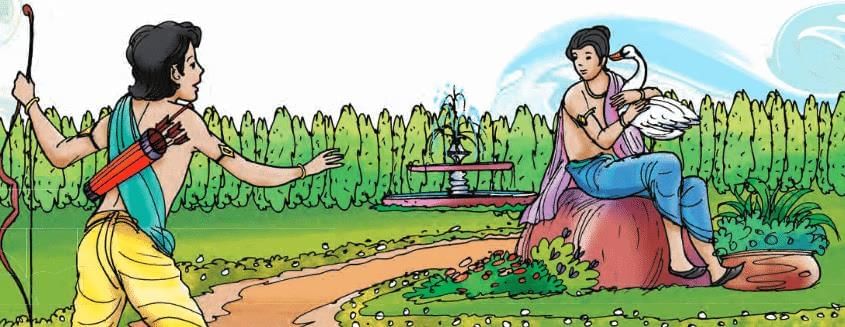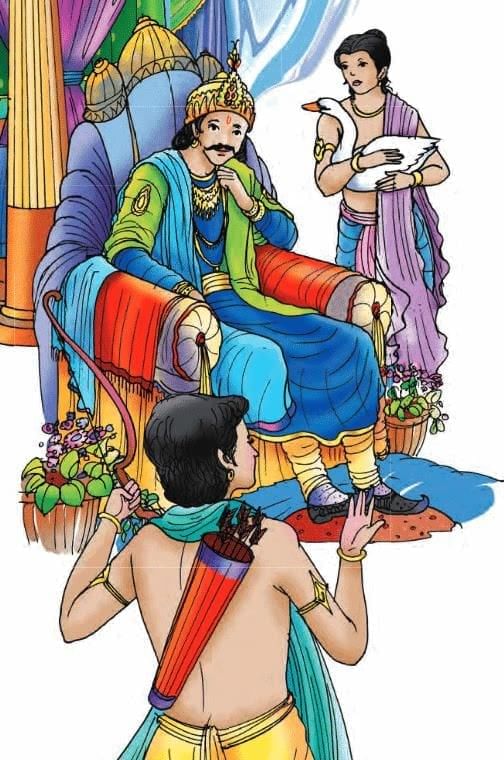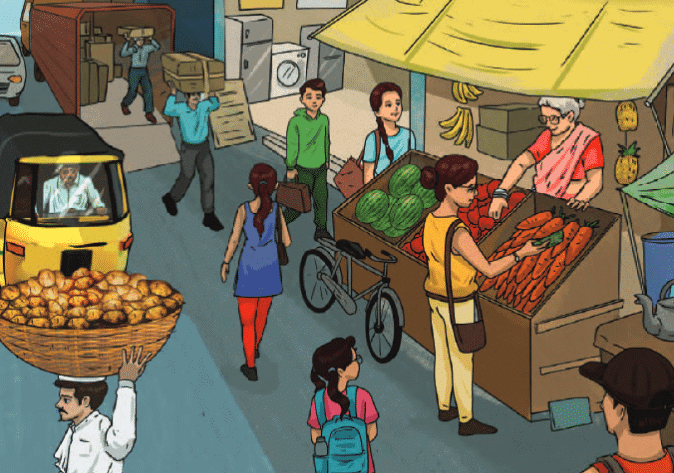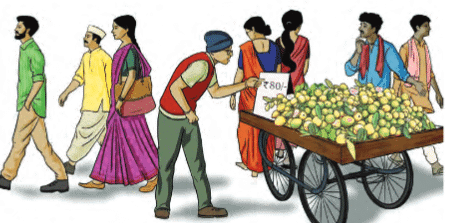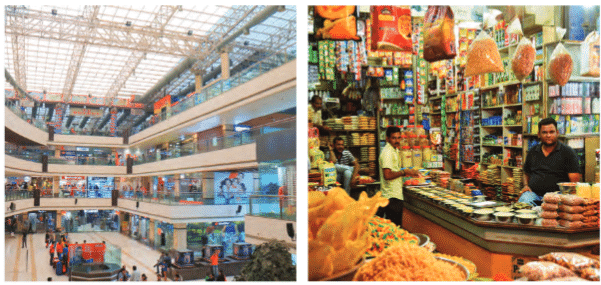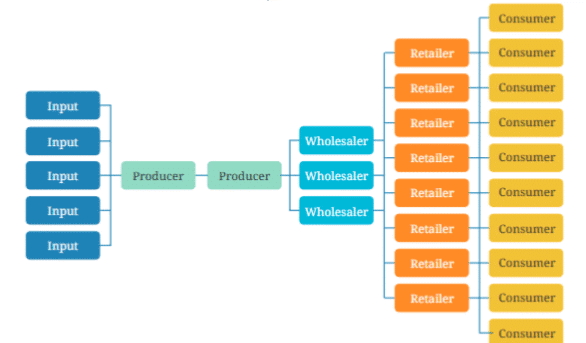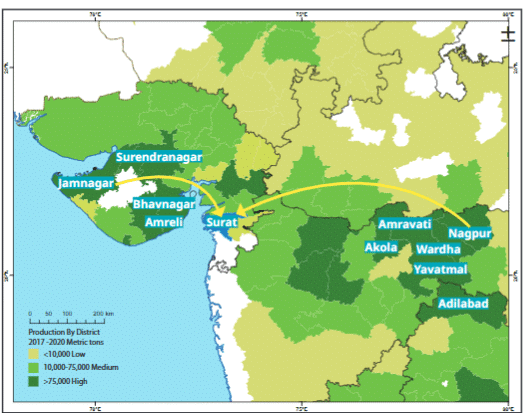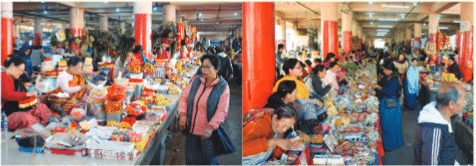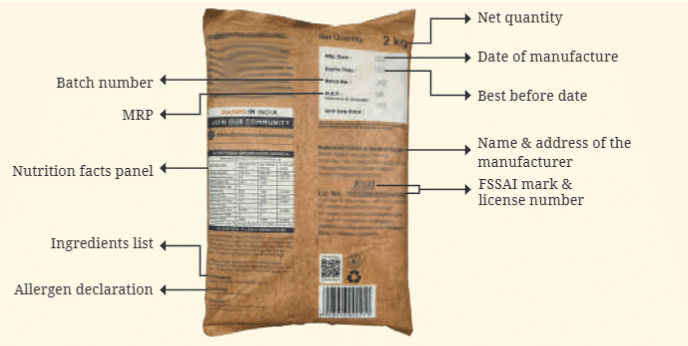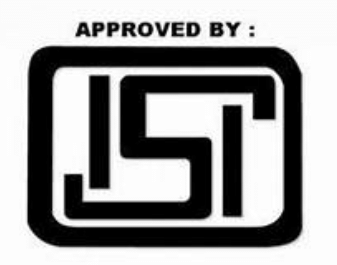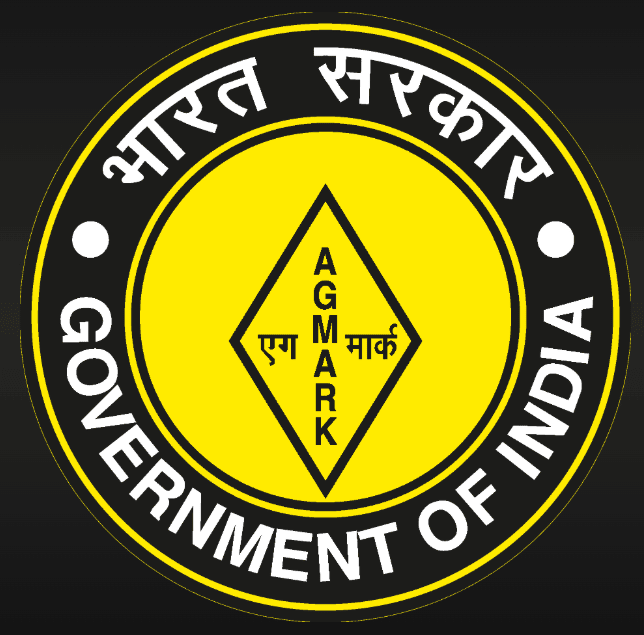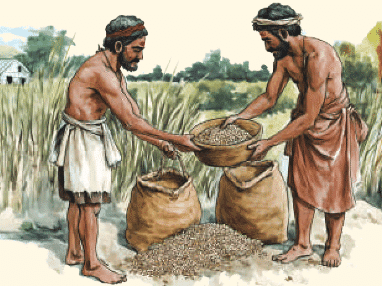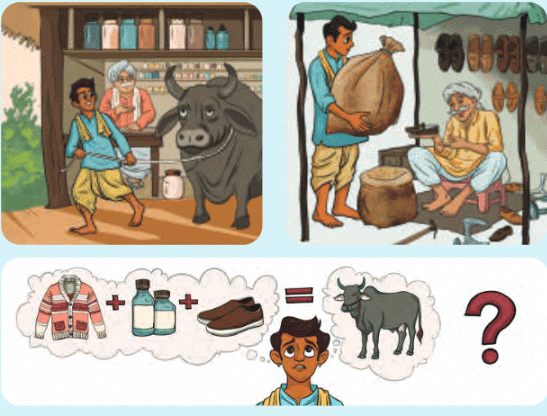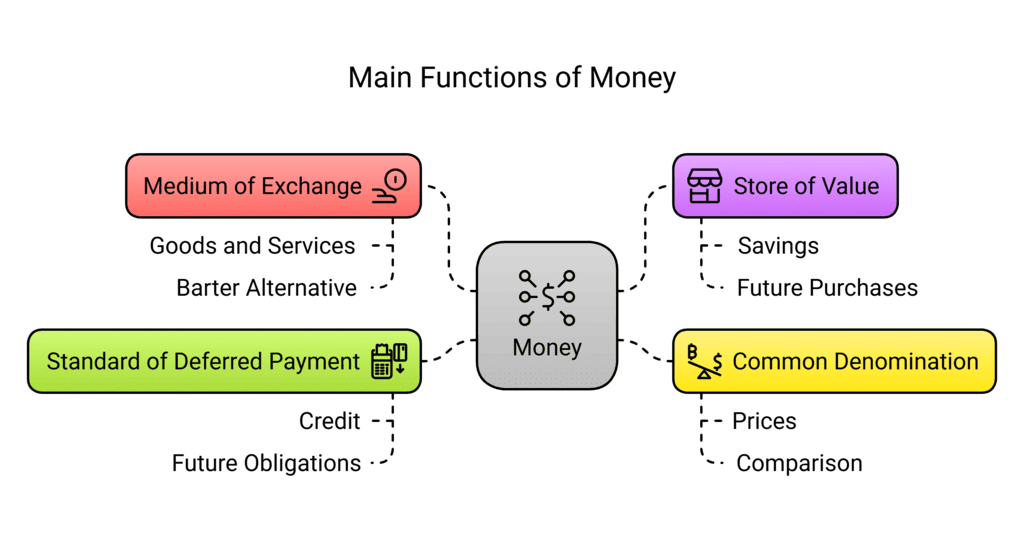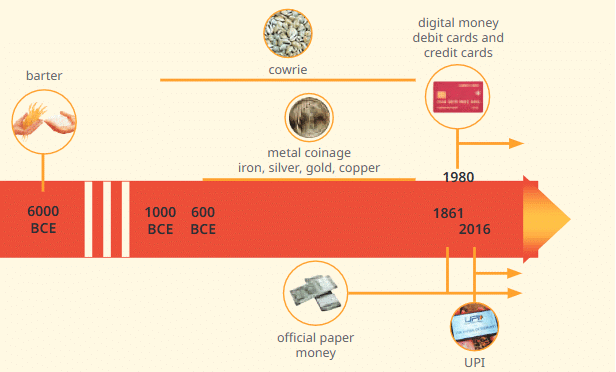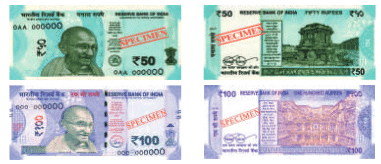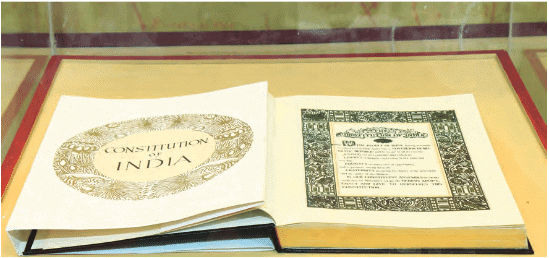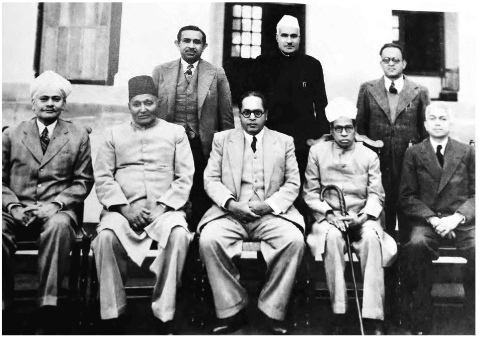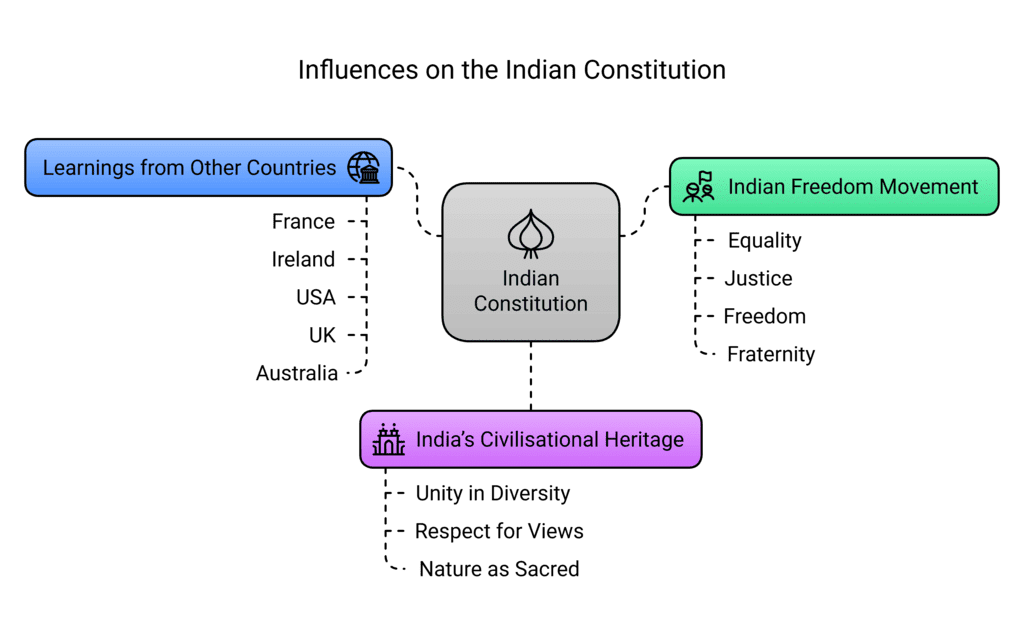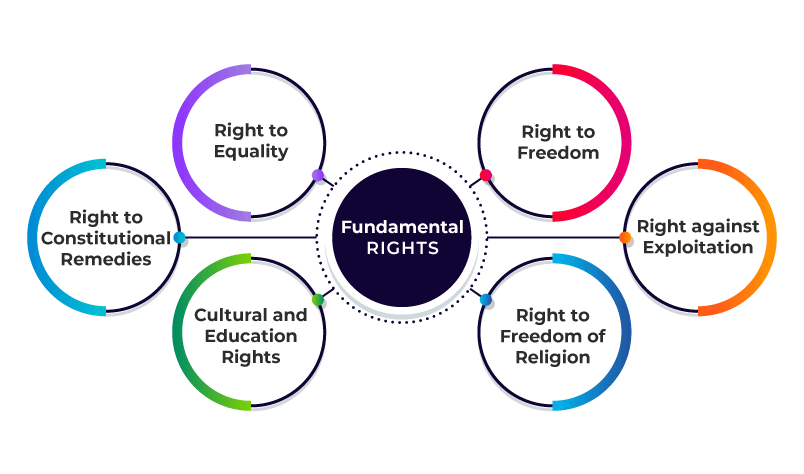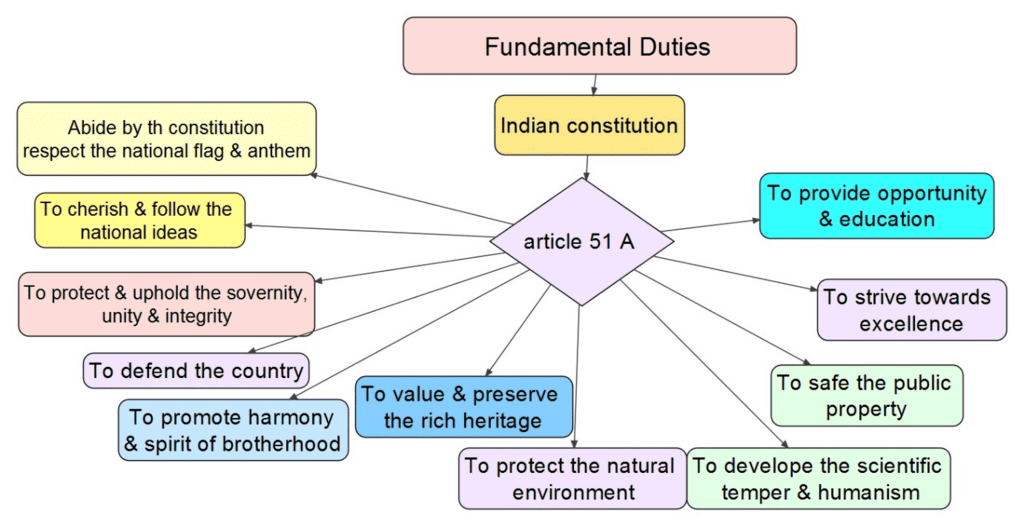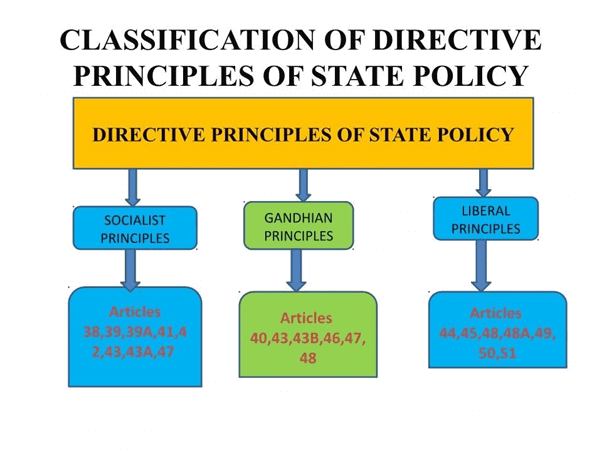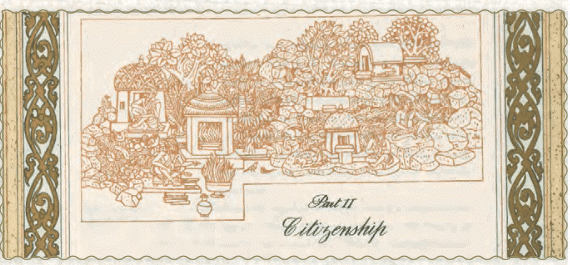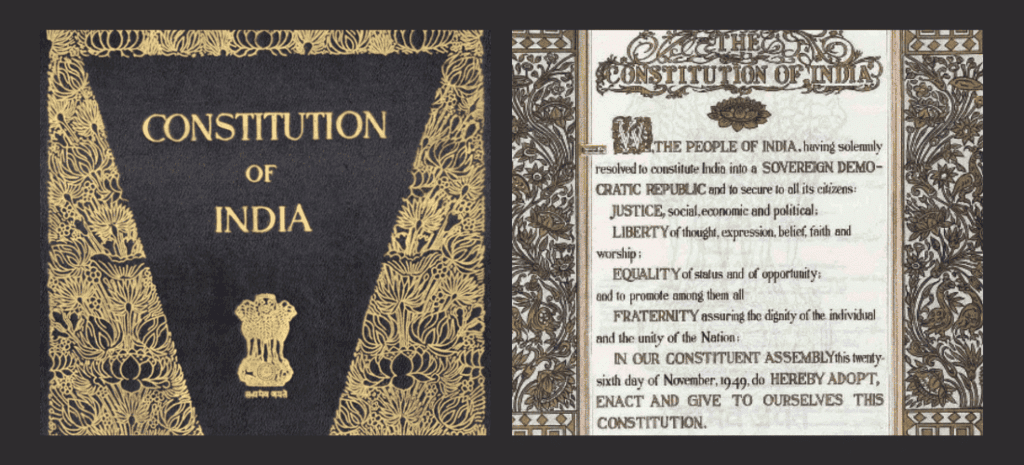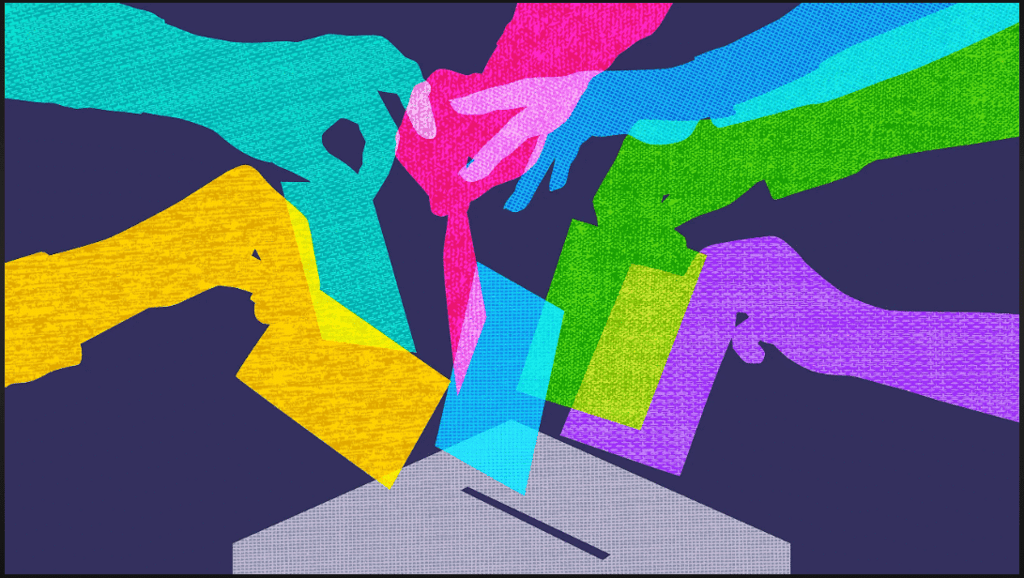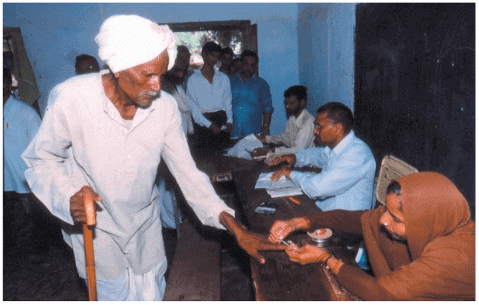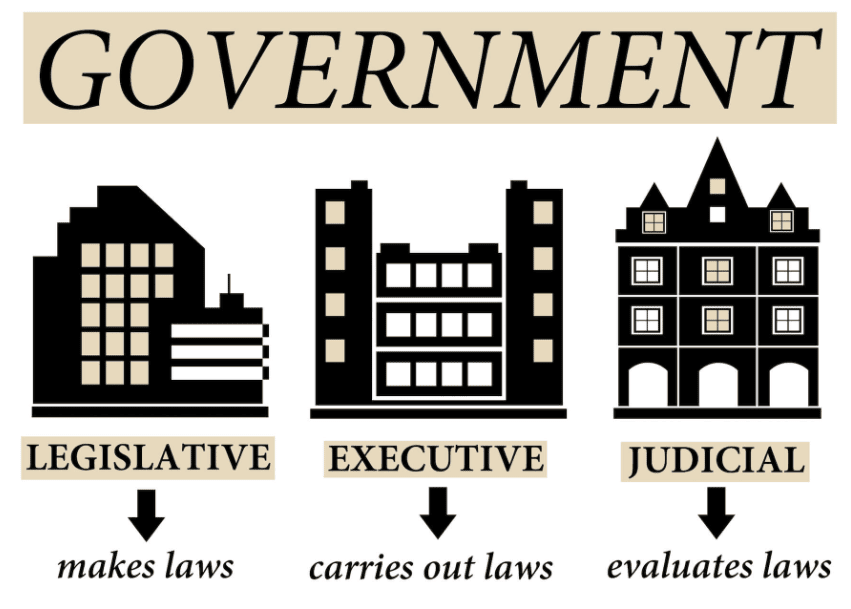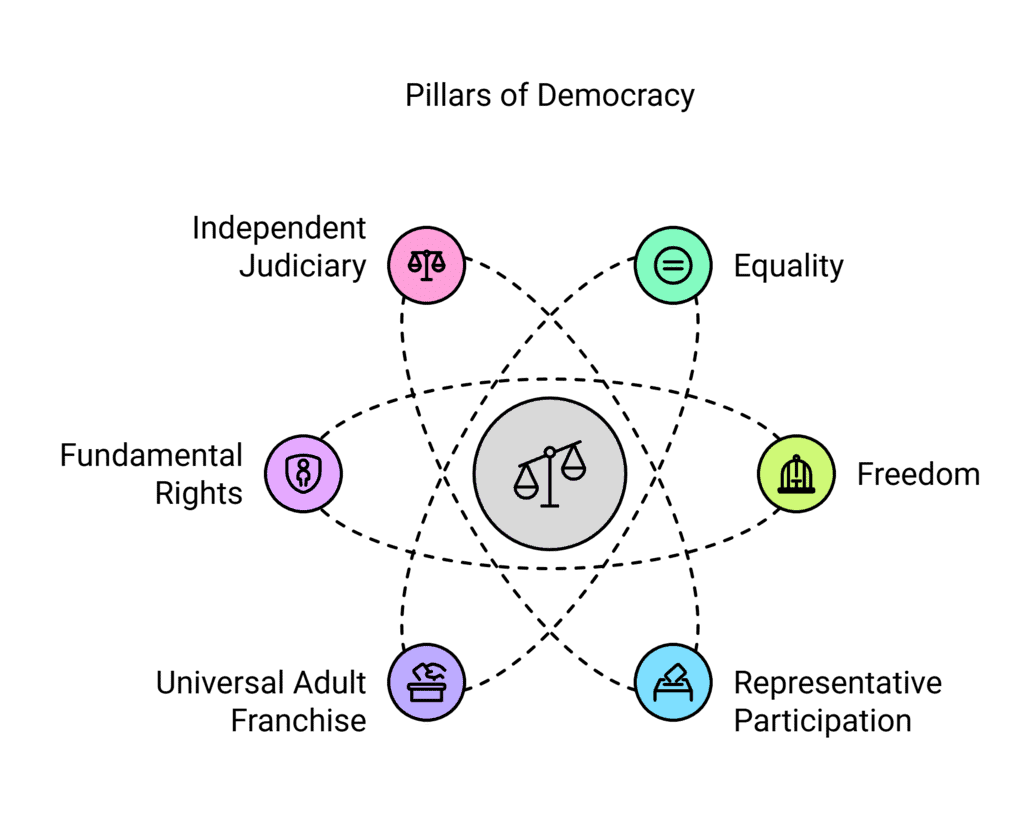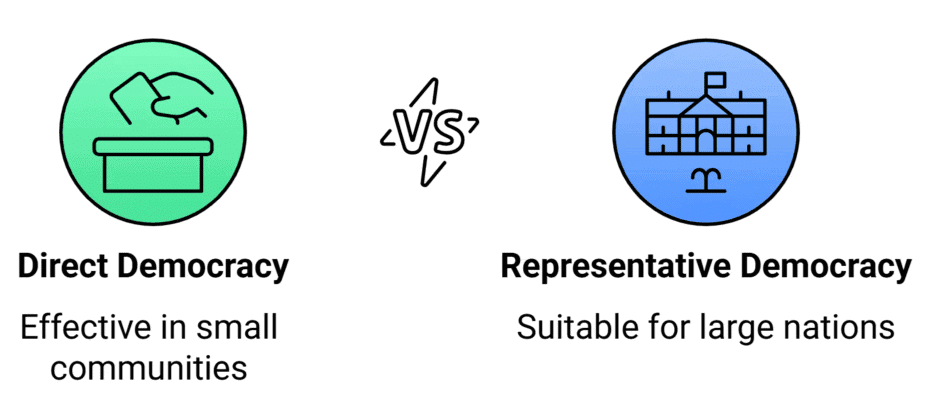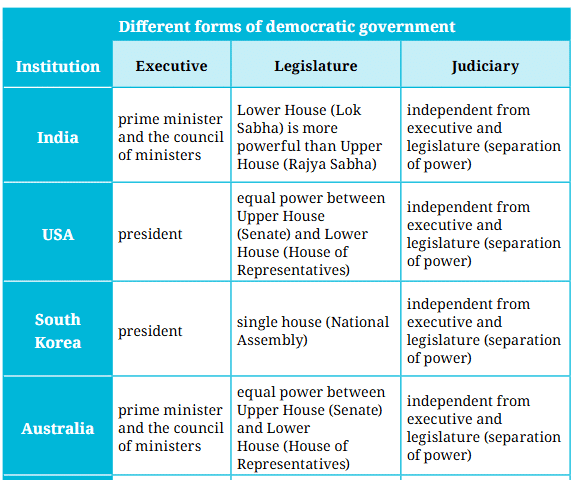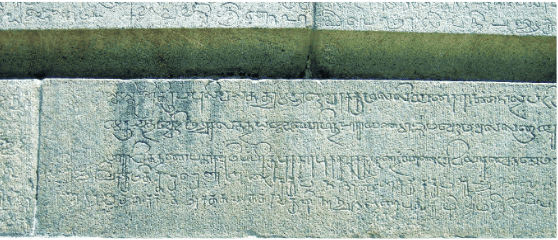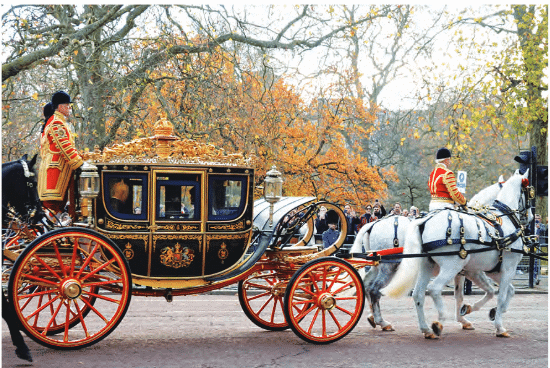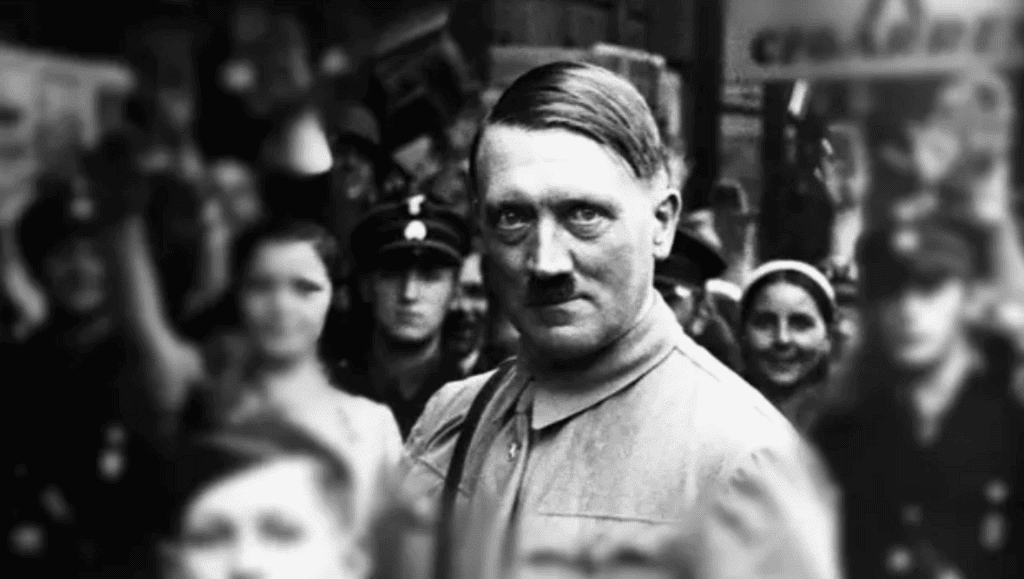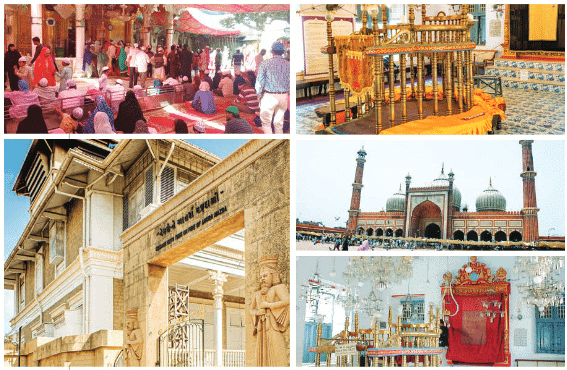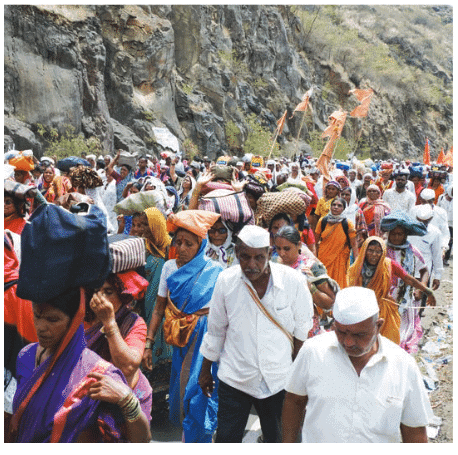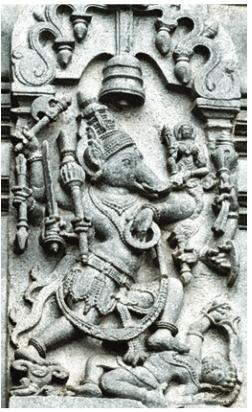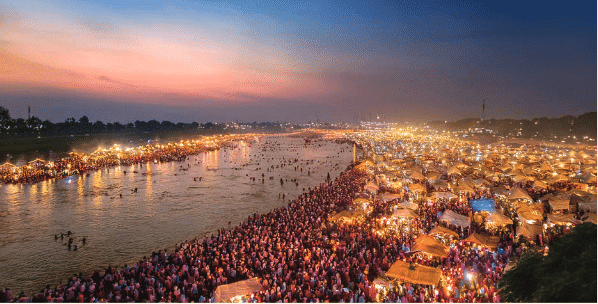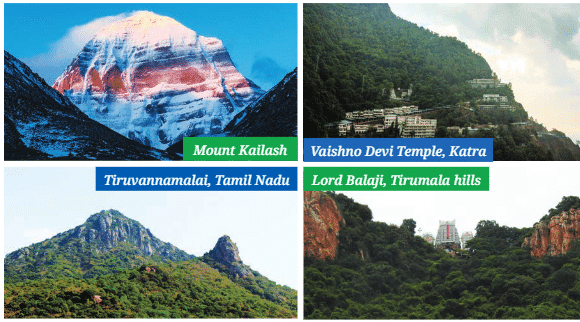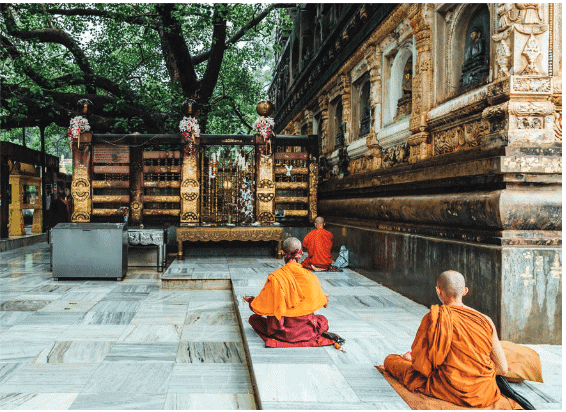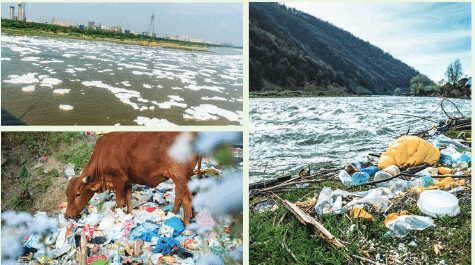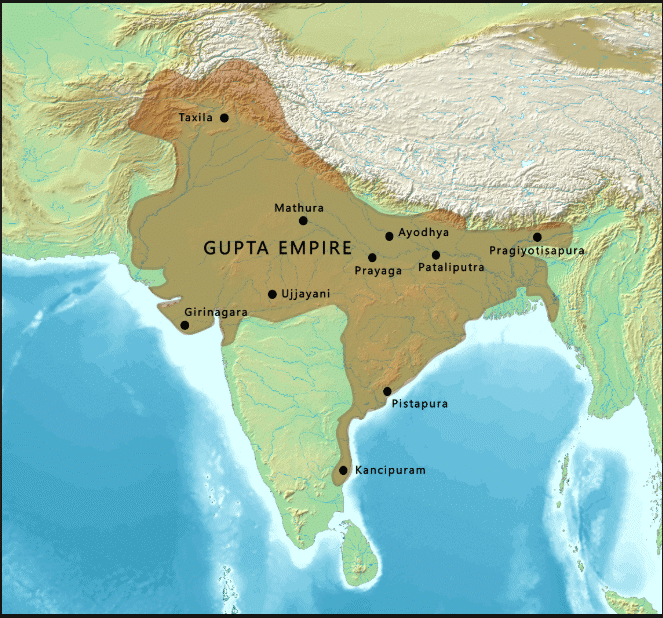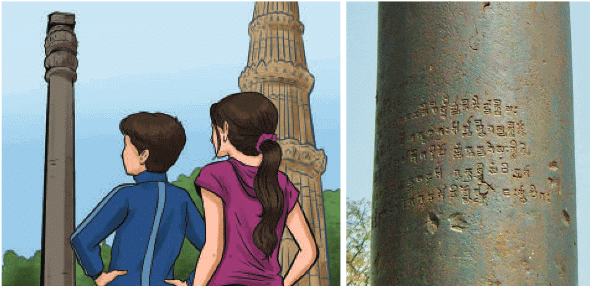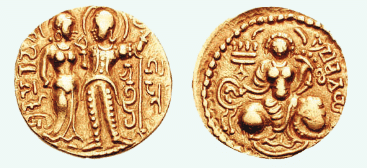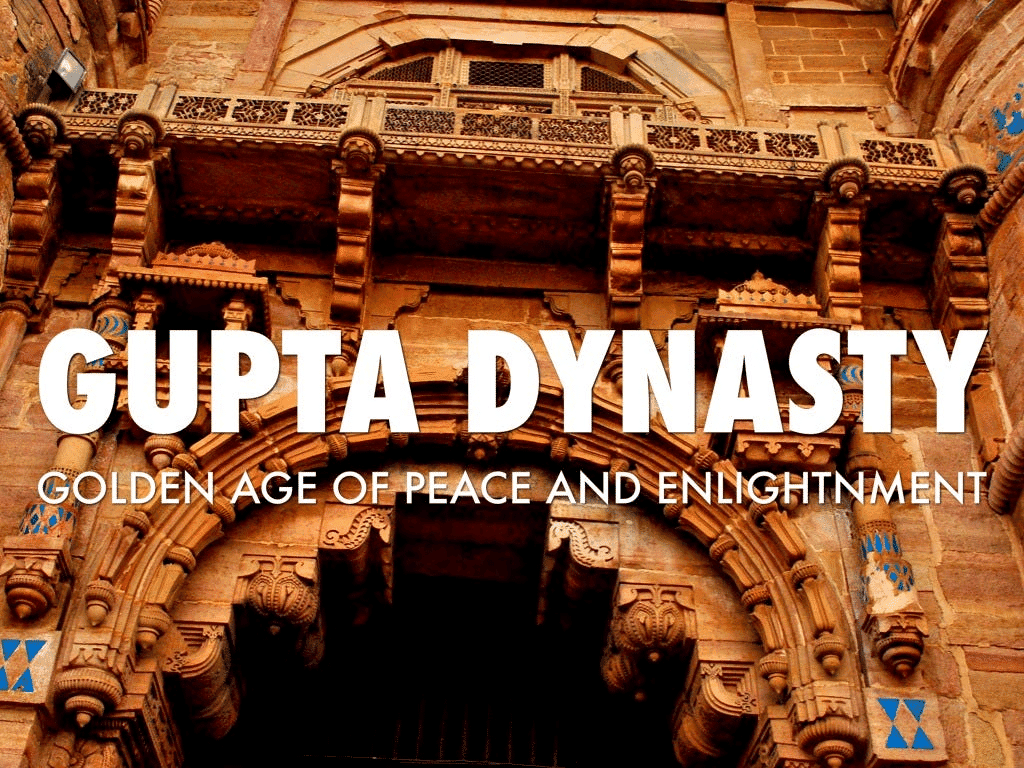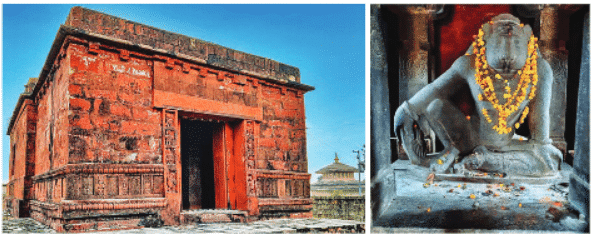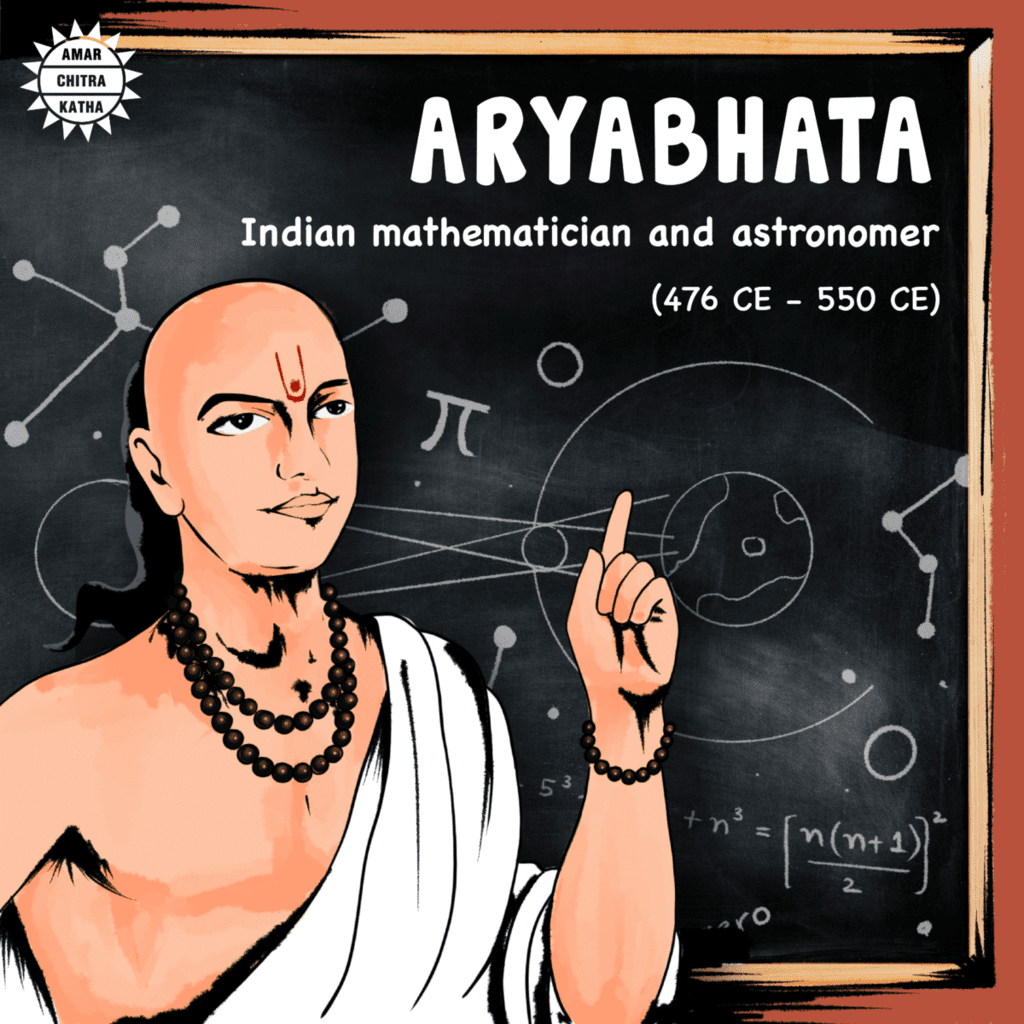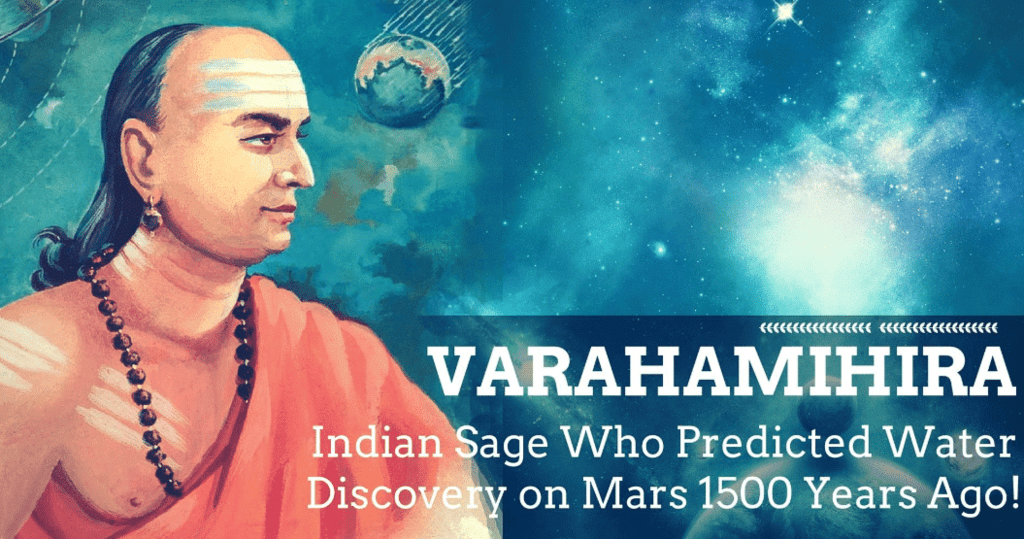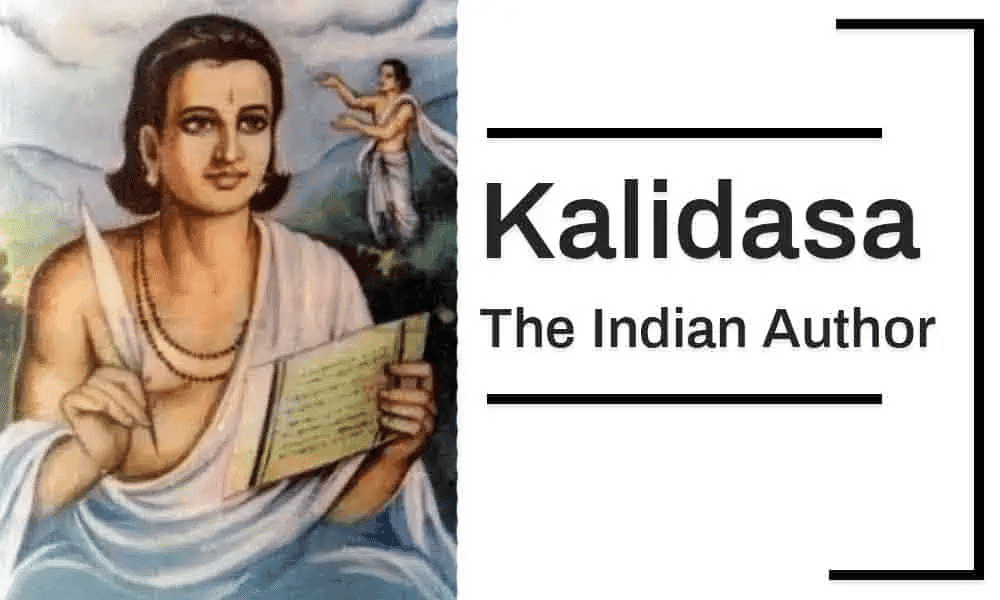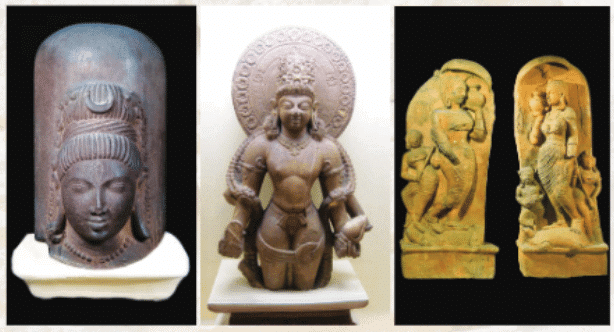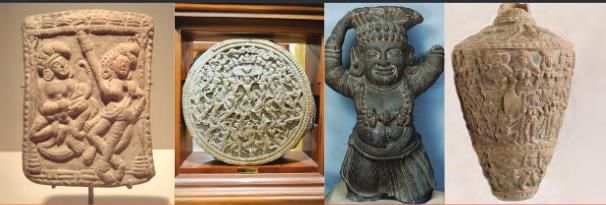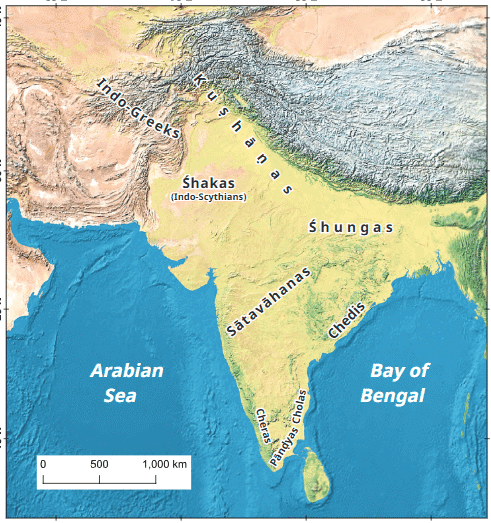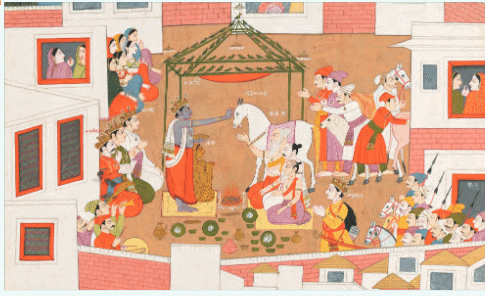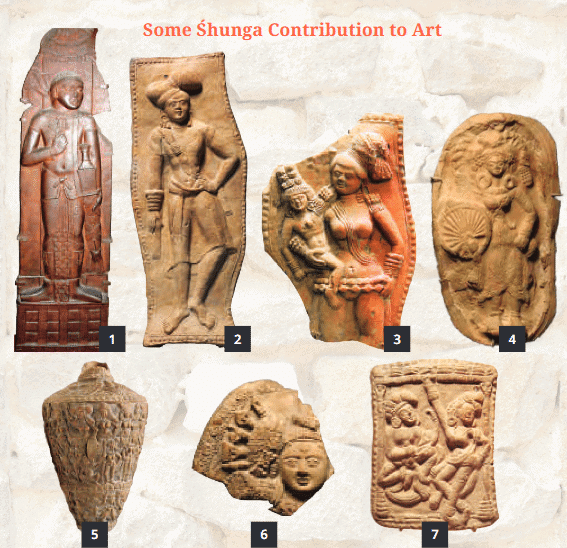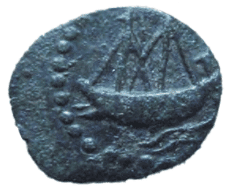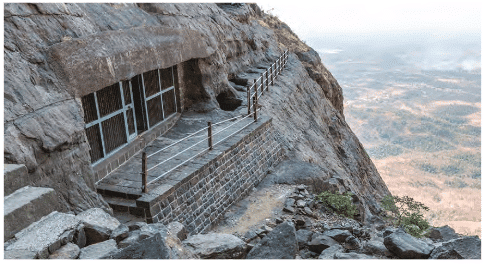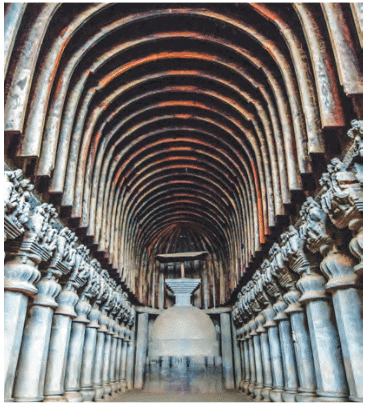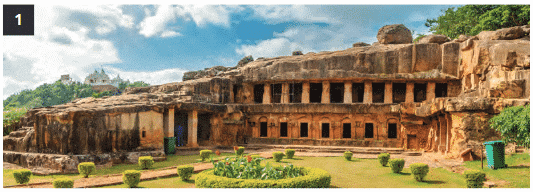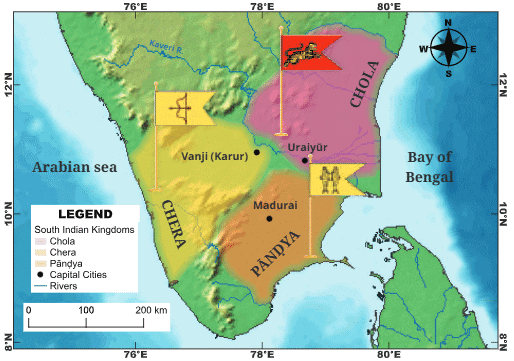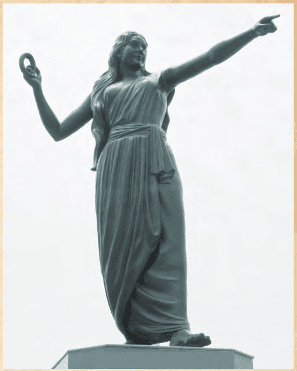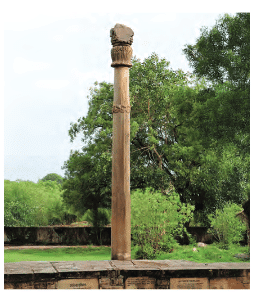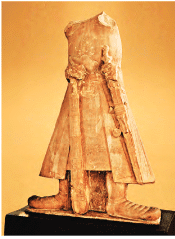कवि परिचय
अयोध्यासिंह उपाध्याय ‘हरिऔध’ एक प्रसिद्ध हिंदी कवि थे, जिनका जन्म उत्तर प्रदेश के आजमगढ़ में हुआ था। उनकी कविताएँ सरल और बच्चों के लिए रोचक होती थीं। उन्होंने बच्चों के लिए कई कविता-संग्रह लिखे, जैसे चंद्र-खिलौना और खेल-तमाशा। उनकी सबसे मशहूर रचना प्रियप्रवास है, जिसे हिंदी का पहला खड़ी बोली महाकाव्य माना जाता है। उनकी कविता फूल और काँटा कक्षा 7 की पाठ्यपुस्तक मल्हार में शामिल है।
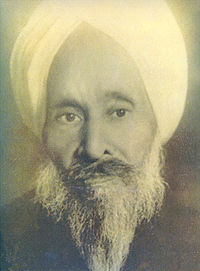
मुख्य विषय
कविता का मुख्य विषय है लोगों के स्वभाव में अंतर और समानता। कवि फूल और काँटे के उदाहरण से बताते हैं कि एक ही पौधे पर उगने वाले फूल और काँटे, भले ही एक जैसी परिस्थितियों में पलते हों, उनके गुण और व्यवहार अलग-अलग होते हैं। यह कविता यह सिखाती है कि व्यक्ति का सम्मान उसके कुल या जन्म से नहीं, बल्कि उसके गुणों और कार्यों से होता है।
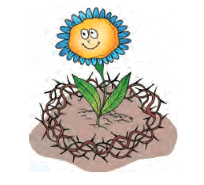
कविता का सार
कविता ‘फूल और काँटा’ में कवि अयोध्यासिंह उपाध्याय ‘हरिऔध’ एक ही पौधे पर उगने वाले फूल और काँटे की तुलना करते हैं। वे बताते हैं कि फूल और काँटा एक ही जगह जन्म लेते हैं, एक ही पौधा उन्हें पालता है, और उन्हें एक जैसी चाँदनी, बारिश और हवा मिलती है। फिर भी, उनके स्वभाव और व्यवहार बिल्कुल अलग होते हैं।
काँटा उँगलियाँ छेदता, कपड़े फाड़ता, और तितलियों-भौंरों को चोट पहुँचाता है। यह सबकी आँखों में खटकता है और किसी को पसंद नहीं आता। दूसरी ओर, फूल अपनी सुंदरता, सुगंध और कोमलता से तितलियों को अपनी गोद में बिठाता है, भौंरों को अपना मीठा रस पिलाता है, और अपनी खुशबू से कली को खिलाता है। फूल सुर शीश पर सजता है और सभी को आनंद देता है।
कवि कहते हैं कि इसी तरह, लोग एक ही परिवार या समाज में जन्म लेते हैं, लेकिन उनके गुण और व्यवहार अलग होते हैं। व्यक्ति का बड़प्पन उसके कुल से नहीं, बल्कि उसके अच्छे गुणों और कार्यों से तय होता है। अगर किसी में बड़प्पन की कमी है, तो कुल की बड़ाई उसके लिए कोई काम नहीं आती। कविता हमें सिखाती है कि हमें फूल की तरह अच्छे गुण अपनाने चाहिए, न कि काँटे की तरह दूसरों को चोट पहुँचानी चाहिए।
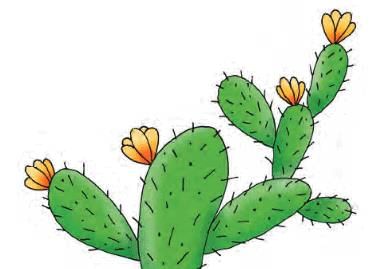
कविता की व्याख्या
पहला प्रसंग
हैं जनम लेते जगह में एक ही,
एक ही पौधा उन्हें है पालता।
रात में उन पर चमकता चाँद भी,
एक ही सी चाँदनी है डालता।
व्याख्या: कवि कहते हैं कि फूल और काँटा एक ही पौधे पर जन्म लेते हैं और एक ही पौधा उन्हें पालता है। रात में चाँद दोनों पर एक जैसी चाँदनी बिखेरता है। यह दर्शाता है कि दोनों को एक जैसी परिस्थितियाँ मिलती हैं।
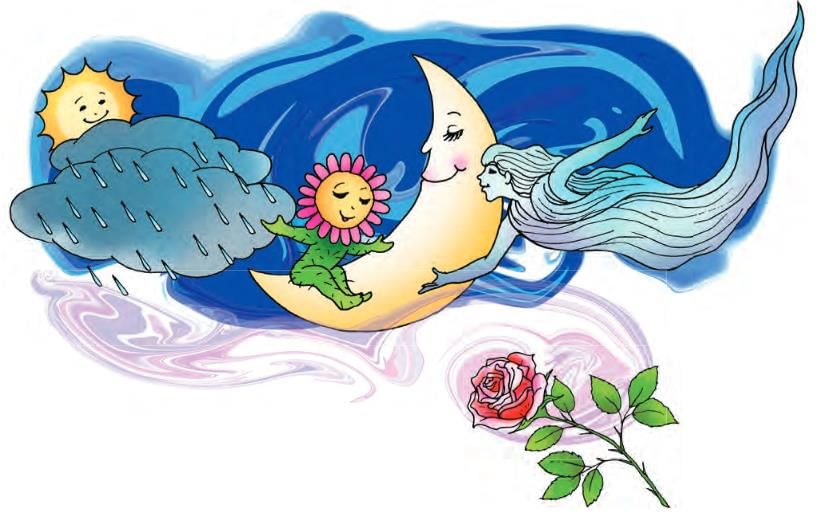
दूसरा प्रसंग
मेह उन पर है बरसता एक सा,
एक सी उन पर हवायें हैं बही।
पर सदा ही यह दिखाता है हमें,
ढंग उनके एक से होते नहीं।
व्याख्या: बारिश और हवा दोनों पर एक समान बरसती और बहती है। फिर भी, फूल और काँटे के स्वभाव अलग-अलग होते हैं। यह बताता है कि परिस्थितियाँ एक जैसी होने के बावजूद गुण और व्यवहार में अंतर होता है।
तीसरा प्रसंग
छेद कर काँटा किसी की उँगलियाँ,
फाड़ देता है किसी का वर बसन।
प्यार-डूबी तितलियों का पर कतर,
भौंर का है बेध देता श्याम तन।
व्याख्या: काँटा अपनी नुकीली प्रकृति से उँगलियाँ छेदता है, कपड़े फाड़ता है, तितलियों के पंख काटता है, और भौंरों को चोट पहुँचाता है। यह दर्शाता है कि काँटे का स्वभाव दूसरों को नुकसान पहुँचाने वाला होता है।
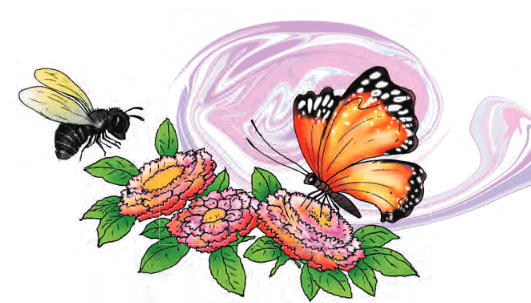
चौथा प्रसंग
फूल लेकर तितलियों को गोद में,
भौंर को अपना अनूठा रस पिला।
निज सुगंधों औ निराले रंग से,
है सदा देता कली जी की खिला।
व्याख्या: फूल अपनी कोमलता से तितलियों को अपनी गोद में बिठाता है, भौंरों को मीठा रस देता है, और अपनी सुगंध व रंगों से कली को खिलाता है। यह फूल के दयालु और आनंददायक स्वभाव को दर्शाता है।
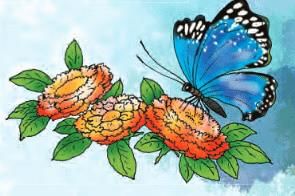
पांचवा प्रसंग
है खटकता एक सब की आँख में,
दूसरा है सोहता सुर शीश पर।
किस तरह कुल की बड़ाई काम दे,
जो किसी में हो बड़प्पन की कसर।
व्याख्या: काँटा सबकी आँखों में खटकता है, जबकि फूल सिर पर सजकर सुंदर लगता है। कवि कहते हैं कि अगर व्यक्ति में अच्छे गुण नहीं हैं, तो उसके कुल की बड़ाई बेकार है। बड़प्पन गुणों से आता है, न कि जन्म से।
कविता से शिक्षा
कविता फूल और काँटा हमें सिखाती है कि व्यक्ति का बड़प्पन उसके गुणों और व्यवहार से तय होता है, न कि उसके जन्म या परिवार से। फूल और काँटे के उदाहरण से कवि यह बताते हैं कि एक ही परिस्थिति में पलने वाले लोग अपने स्वभाव के कारण अलग होते हैं। फूल की तरह हमें दूसरों को खुशी देना चाहिए, न कि काँटे की तरह चोट पहुँचानी चाहिए। यह कविता हमें प्रेरित करती है कि हम अपने अच्छे गुणों से समाज में सम्मान और प्यार पाएँ।
शब्दार्थ
- जनम: जन्म
- मेह: बारिश
- हवायें: हवा
- ढंग: स्वभाव, तरीका
- छेद: चुभना
- वर बसन: सुंदर कपड़ा
- प्यार-डूबी: प्रेम में डूबी
- पर कतर: पंख काटना
- बेध: चुभना
- श्याम तन: काला शरीर (भौंर का)
- अनूठा: अनोखा
- निज: अपना
- सुगंधों: खुशबू
- निराले: अनोखे
- खटकता: बुरा लगना
- सोहता: सुंदर लगना
- सूर शीश: सिर
- कुल: परिवार
- बड़प्पन: महानता, अच्छे गुण
- कसर: कमी
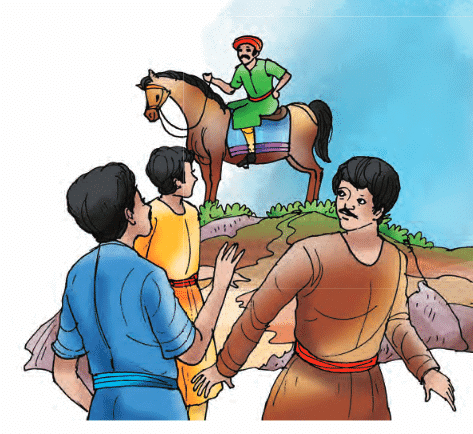
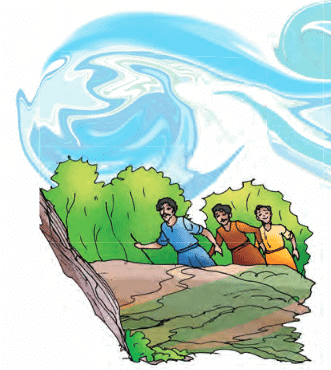
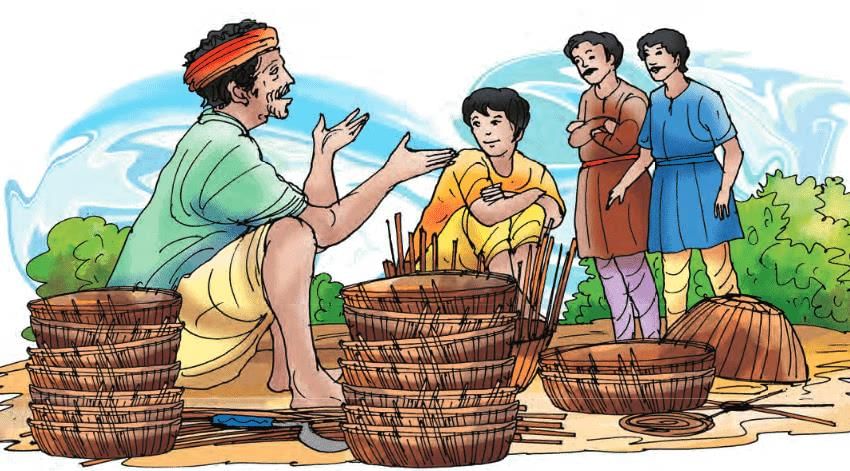
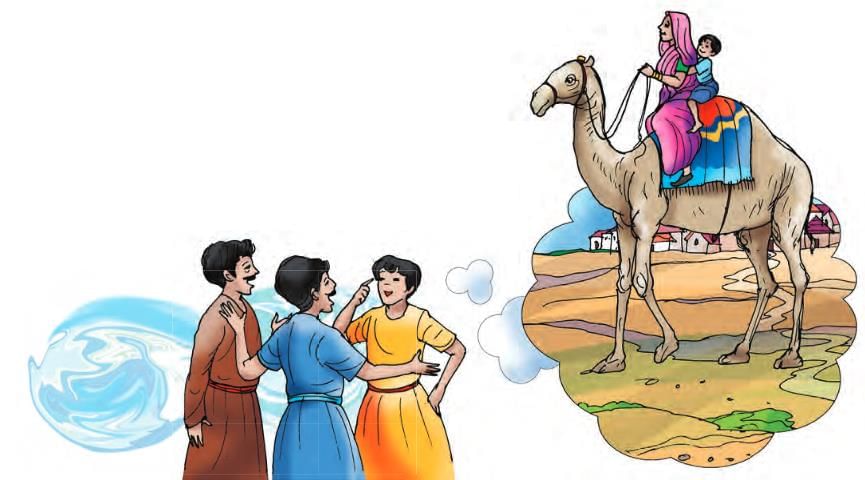
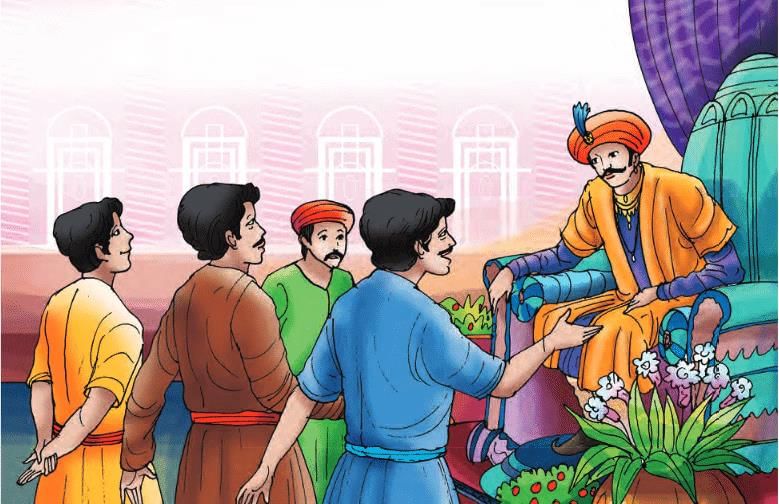
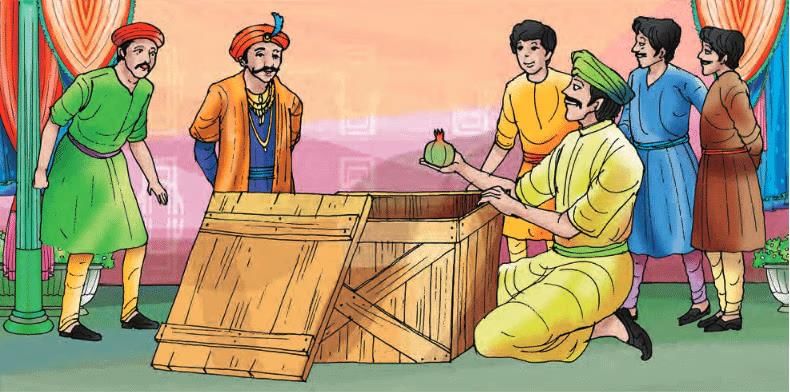
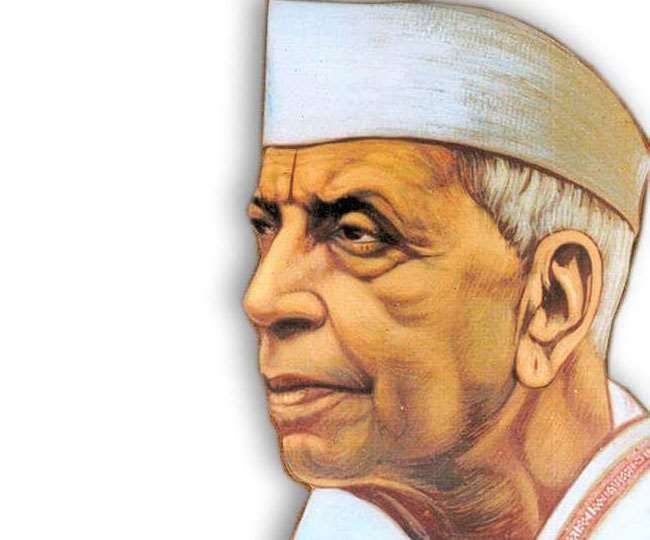
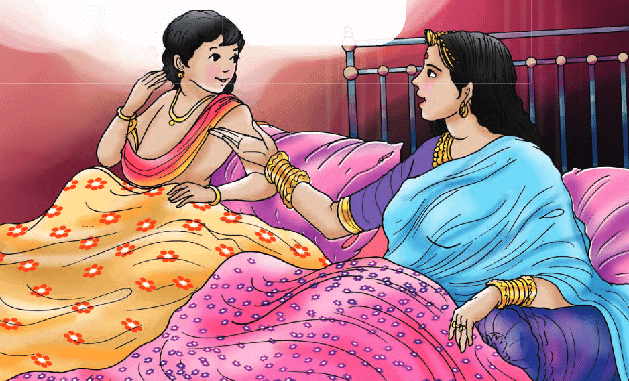
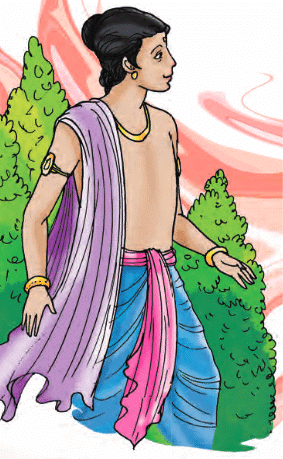
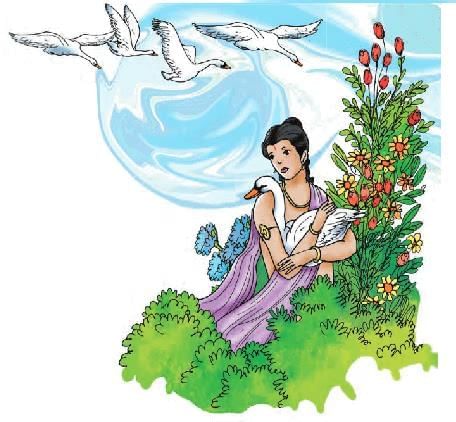
 View Answer
View Answer